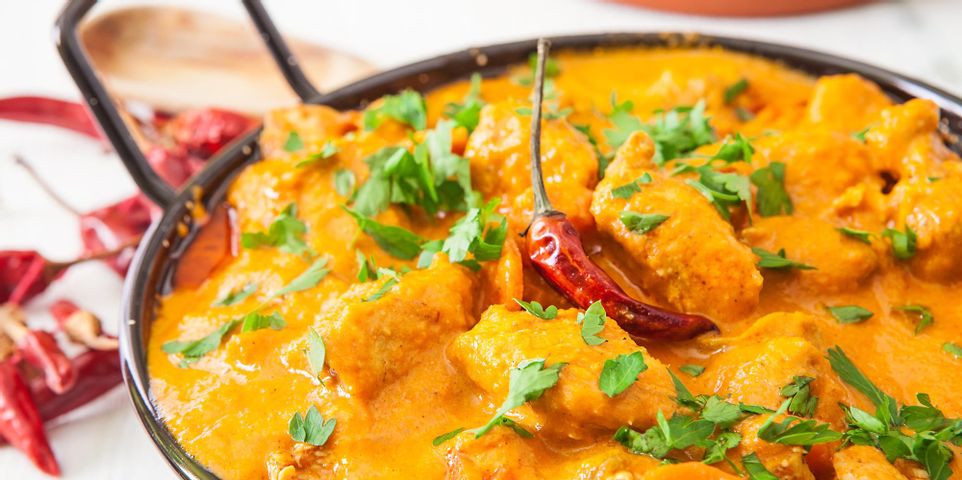
When you step into a Thai restaurant for the first time, you might be excited to see a familiar item on the menu—curry. However, you may be surprised to find that it’s considerably different from Indian curry, as well as the curries of many other cultures. This delicious sauce varies from country to country, but it lends excitement to every dish. Learn the difference between Thai and Indian curry in the sections below.
Indian Curry
 Today’s most common curries contain a mix of chili peppers, coriander, cumin, fenugreek, and turmeric, which makes the mixture yellow. This combination is inspired by a traditional North Indian mixture called garam masala. Typically, the spices start off whole and are toasted and ground into a fine, dry powder, which can be saved in an airtight container and reused. Because of this preparation process, the sting of Indian curry dishes tends to linger on the tastebuds.
Today’s most common curries contain a mix of chili peppers, coriander, cumin, fenugreek, and turmeric, which makes the mixture yellow. This combination is inspired by a traditional North Indian mixture called garam masala. Typically, the spices start off whole and are toasted and ground into a fine, dry powder, which can be saved in an airtight container and reused. Because of this preparation process, the sting of Indian curry dishes tends to linger on the tastebuds.
Thai Curry
Instead of a dry powder, Thai restaurants use wet paste and fresh herbs like basil and mint to create a curry sauce. This blend is also cooked for a shorter duration than Indian mixtures. Because it’s fresh, you’ll experience the spice as soon as it touches your tongue—one of the key differences between Thai and Indian curry dishes. As a general rule, Thai curry paste includes garlic and shallots, and the spices are ground up with a mortar and pestle, which releases the flavor-packed oils.
If you’re ready to enjoy the fresh, mouthwatering taste of Thai curry, head to Mamasan’s of Rochester, NY. This celebrated Vietnamese and Thai restaurant offers a wide range of authentic, delicious concoctions, from curry fried rice to coconut crusted shrimp. For more information on their menu, visit the website. You can also call (585) 461-3290 to reserve a table at the Monroe County Thai restaurant.
About the Business
Have a question? Ask the experts!
Send your question

